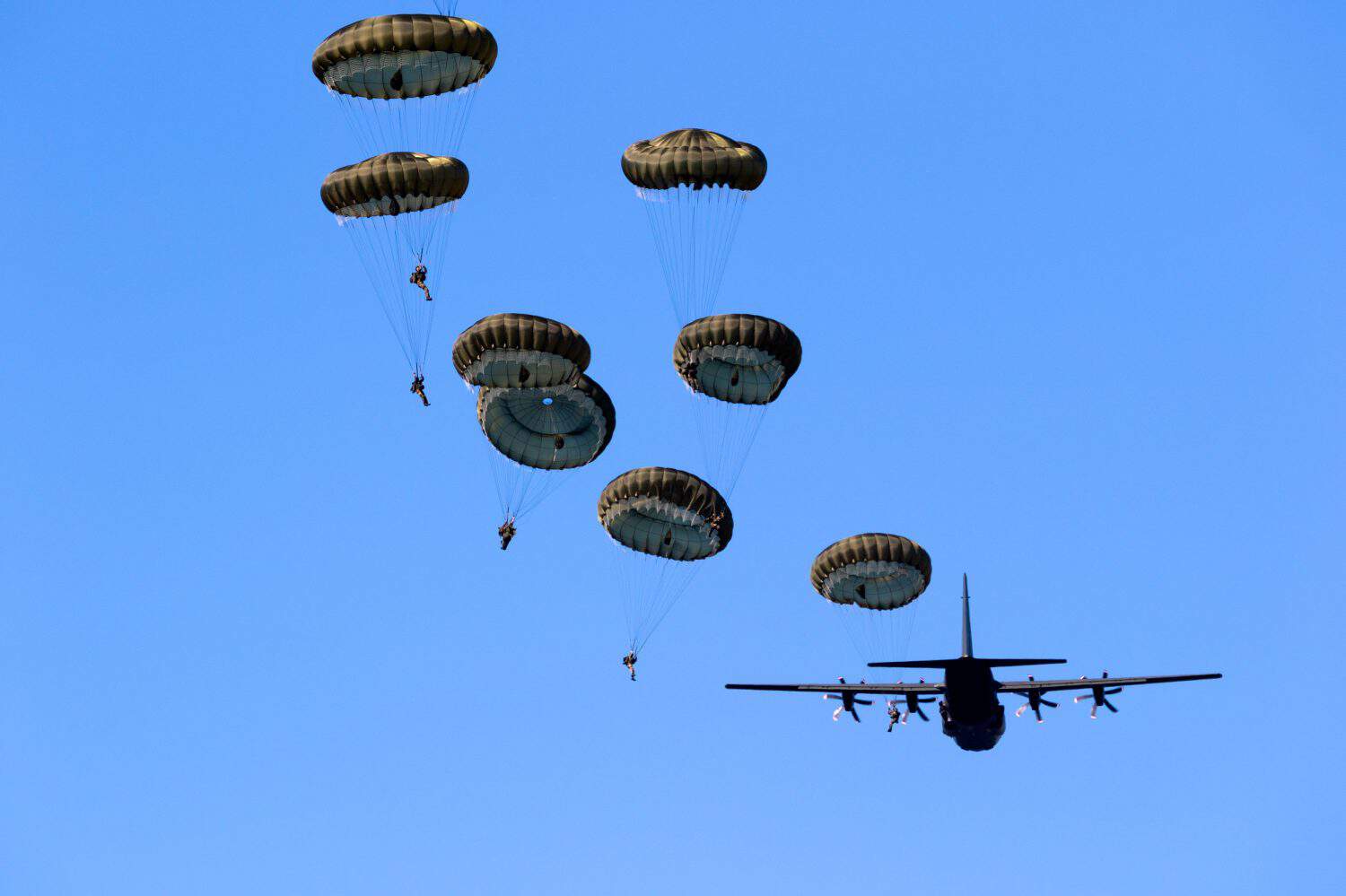As World War 2 raged on, the Allies looked for any advantage they could find to break Germany’s grip on Europe. If the Allies could find success and insert troops behind German forces, these troops could wreak havoc on Germany’s supply lines. To achieve this goal, the Allies trained paratroopers that could drop anywhere in Europe to achieve Allied goals and they did with mixed results.
Airborne Assaults
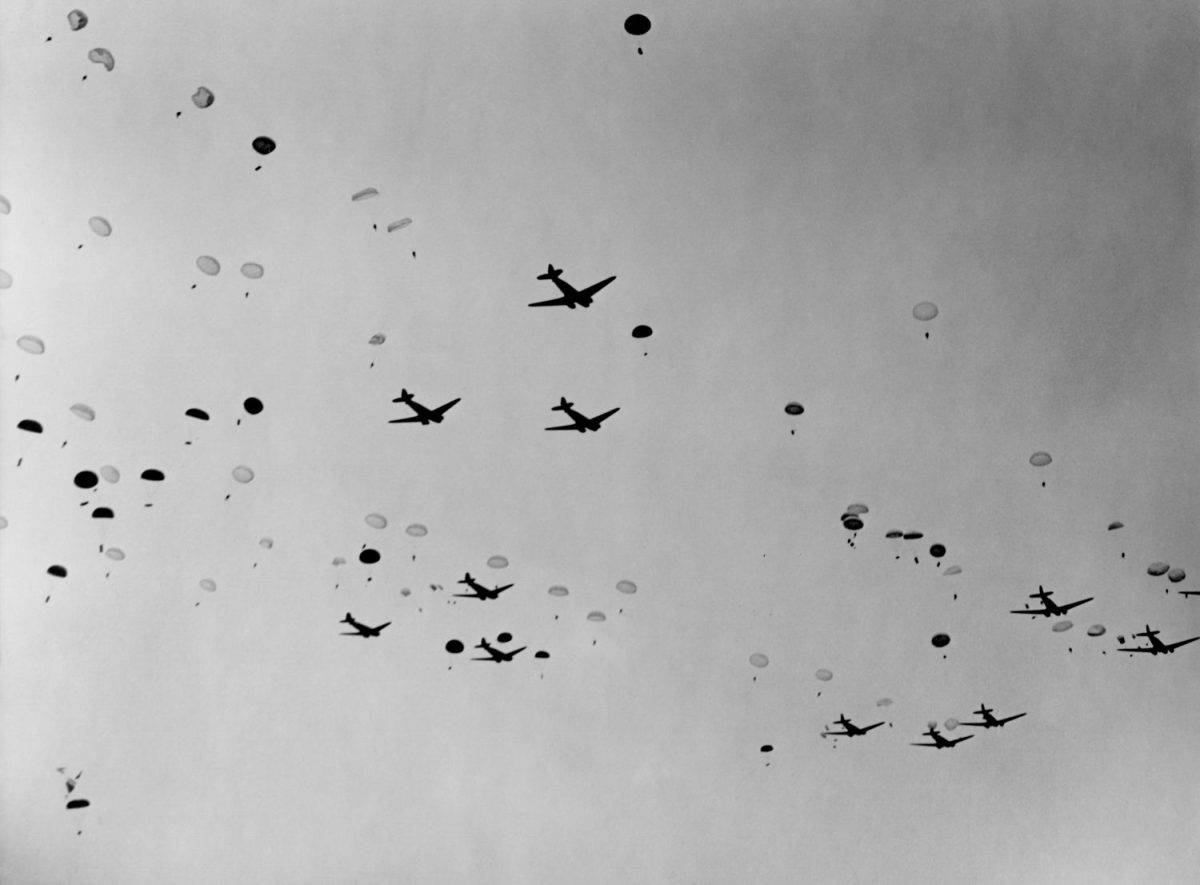
As Allied ground offensives were often stuck fighting entrenched German defenses, they needed another way to attack. As long as airspace was clear, dropping paratroopers gave the Allies some different advantages, and paratrooper importance grew as the war went on.
An airborne assault is essentially a battle in which paratroopers, equipment, and supplies are dropped into a combat zone. The most famous airborne assaults included D-Day, Operation Market Garden, and Operation Varsity.
Advantages of Paratroopers
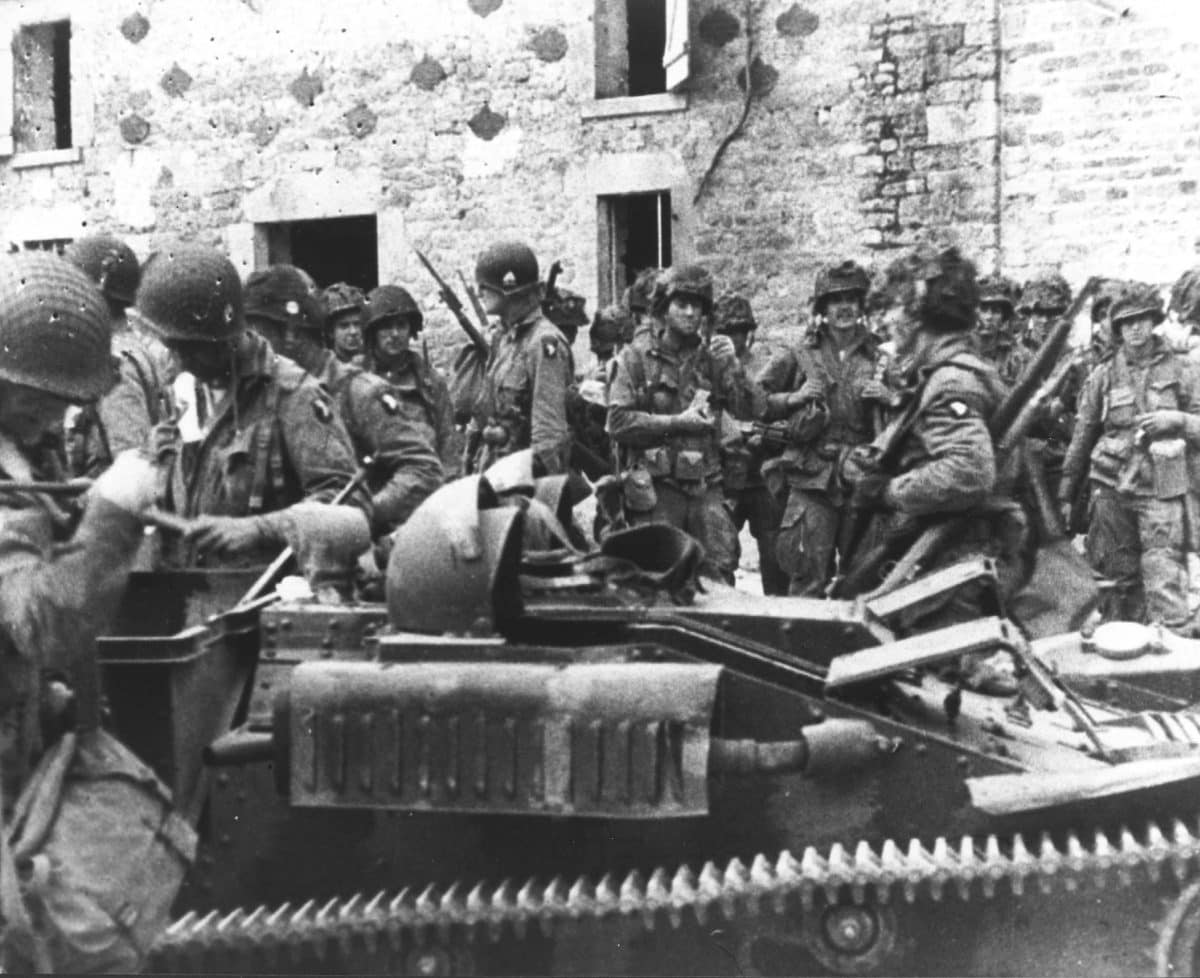
The biggest hope with airborne assaults was to catch Germany off guard. Surprise attacks were often effective at breaking German positions. Airborne troops were also well-trained to grab and hold key objectives like bridges or airfields.
Despite often being on the smaller side force-wise, paratroopers were considered a force multiplier because they attacked swiftly and with great effect. Last but not least, airborne troops appearing behind German defenses harmed German morale.
Battle of Crete
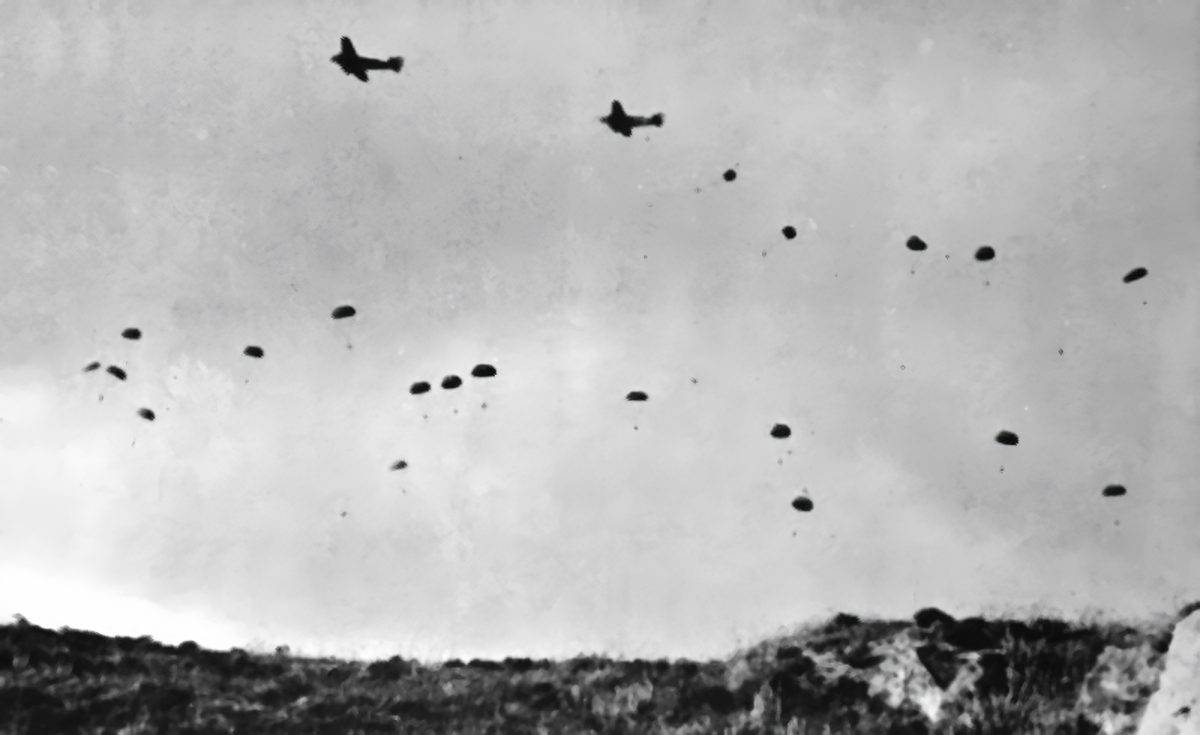
Codenamed Operation Mercury, the Battle of Crete was one of the largest paratrooper battles of the war. On May 20, 1941, 15,000 German paratroopers started arriving on the island of Crete. Allied forces and Crete residents attempted to defend the island and were initially successful.
However, once German paratroopers gained control of various airfields, their reinforcements overwhelmed the Allies. Attempts to use Crete’s geography to hold back German offensives were also unsuccessful as Germany broke through all defenses.
Operation Overlord
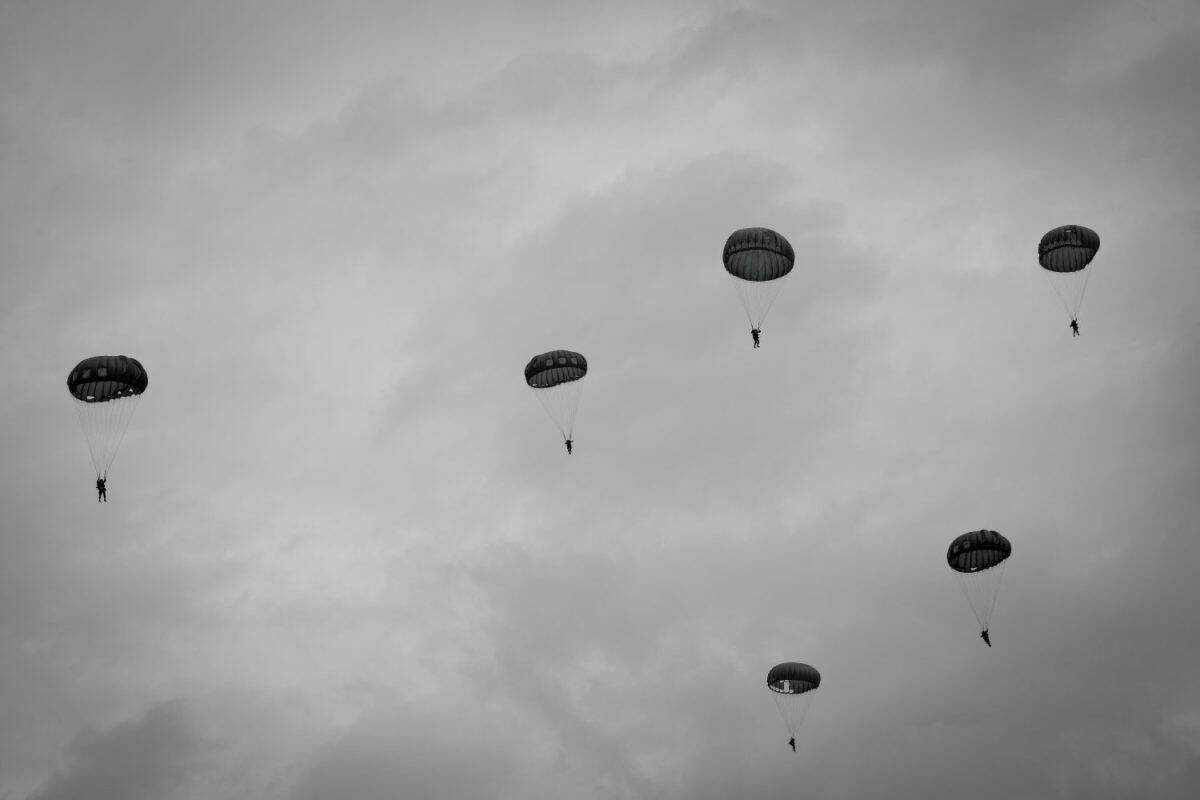
One of the most studied airborne operations involving paratroopers is undoubtedly Operation Overlord. The Allied invasion of Normandy started on June 6, 1944, with 13,100 Americans and 8,500 British and Canadian paratroopers involved. Unfortunately, only 10% of all paratroopers reached their intended drop zones.
D-Day Troubles

Before Operation Overlord began, paratroopers were dropped into France to start securing key objectives. The goal was to prevent German reinforcements from reaching the beaches of Normandy.
By destroying bridges and artillery batteries, the paratroopers would give the Allies a better chance at success. Unfortunately, navigational troubles and intense anti-aircraft fire scattered airborne landing sites. In addition, heavy German resistance disrupted the paratroopers’ goals.
Operation Varsity
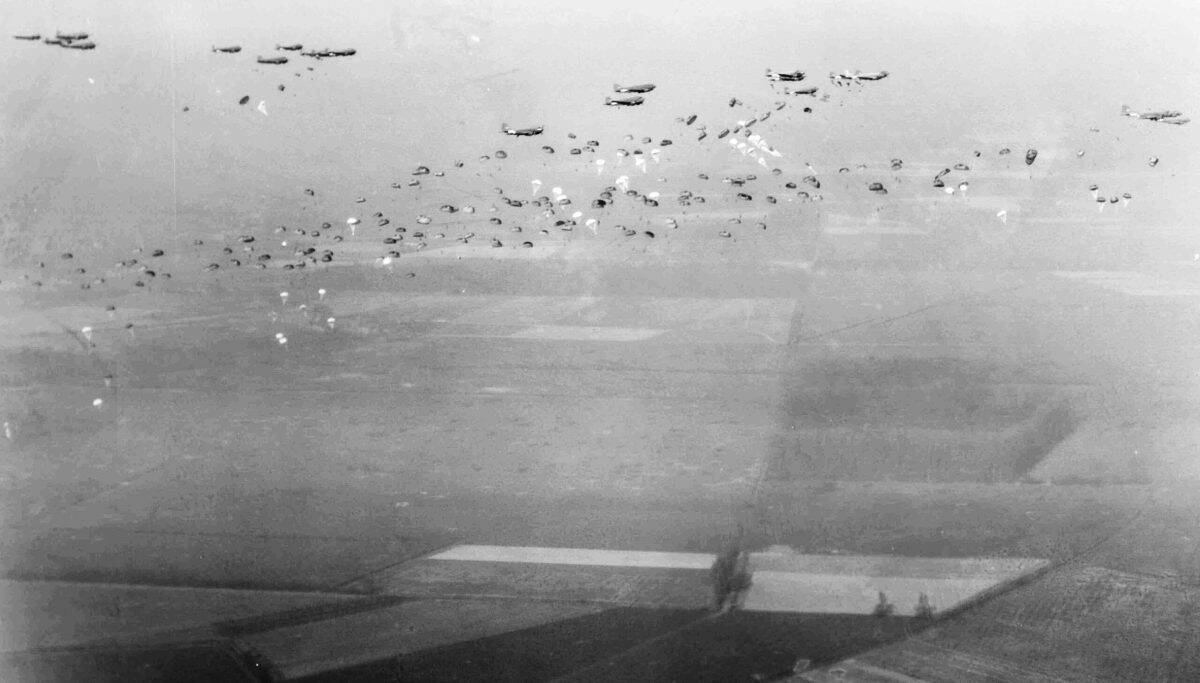
The last major airborne operation of the war, Operation Varsity intended to drop 16,000 paratroopers. Involving American, Canadian, and British paratrooper units, the goal was a coordinated effort to cross the Rhine River and enter Germany.
Paratroopers were needed to secure bridges and other objectives for the larger ground force to advance. As a result of Operation Varsity, Germany’s western defenses began to fall and the Allies began marching into Germany.
Operation Market Garden
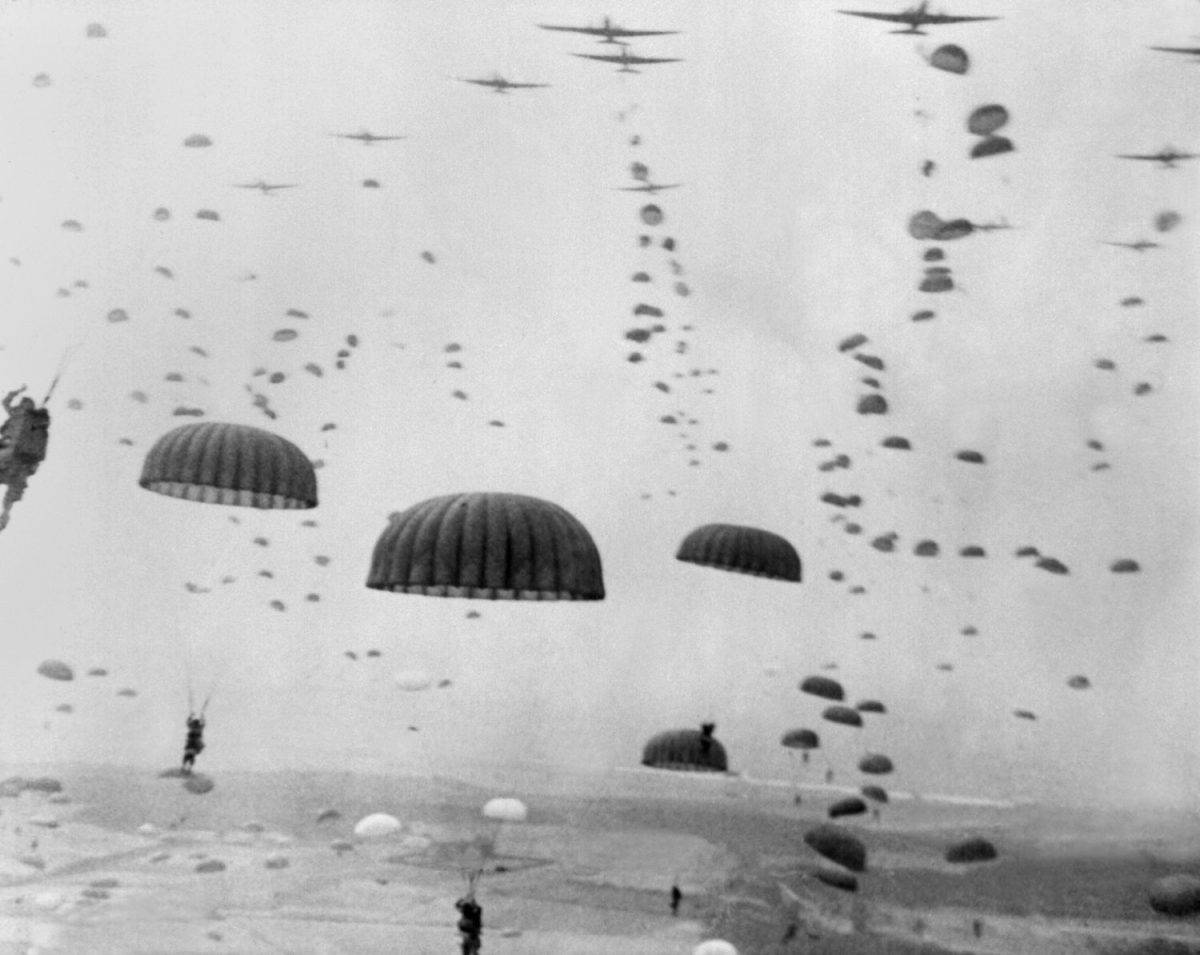
The largest airborne assault ever, Operation Market Garden was to take place during a crucial time for the Allies. After the successes of D-Day, Allied soldiers were marching through German-occupied Europe. However, German troops began to harden their defenses at the Siegfried Line, a 390-mile stretch of border between France and the Netherlands.
Operation Market Garden was overly ambitious in the hopes of ending the war early. Around 40,000 Allied troopers were to drop 60 miles behind enemy lines in the Netherlands to secure German-held bridges.
Market Garden Falls Apart
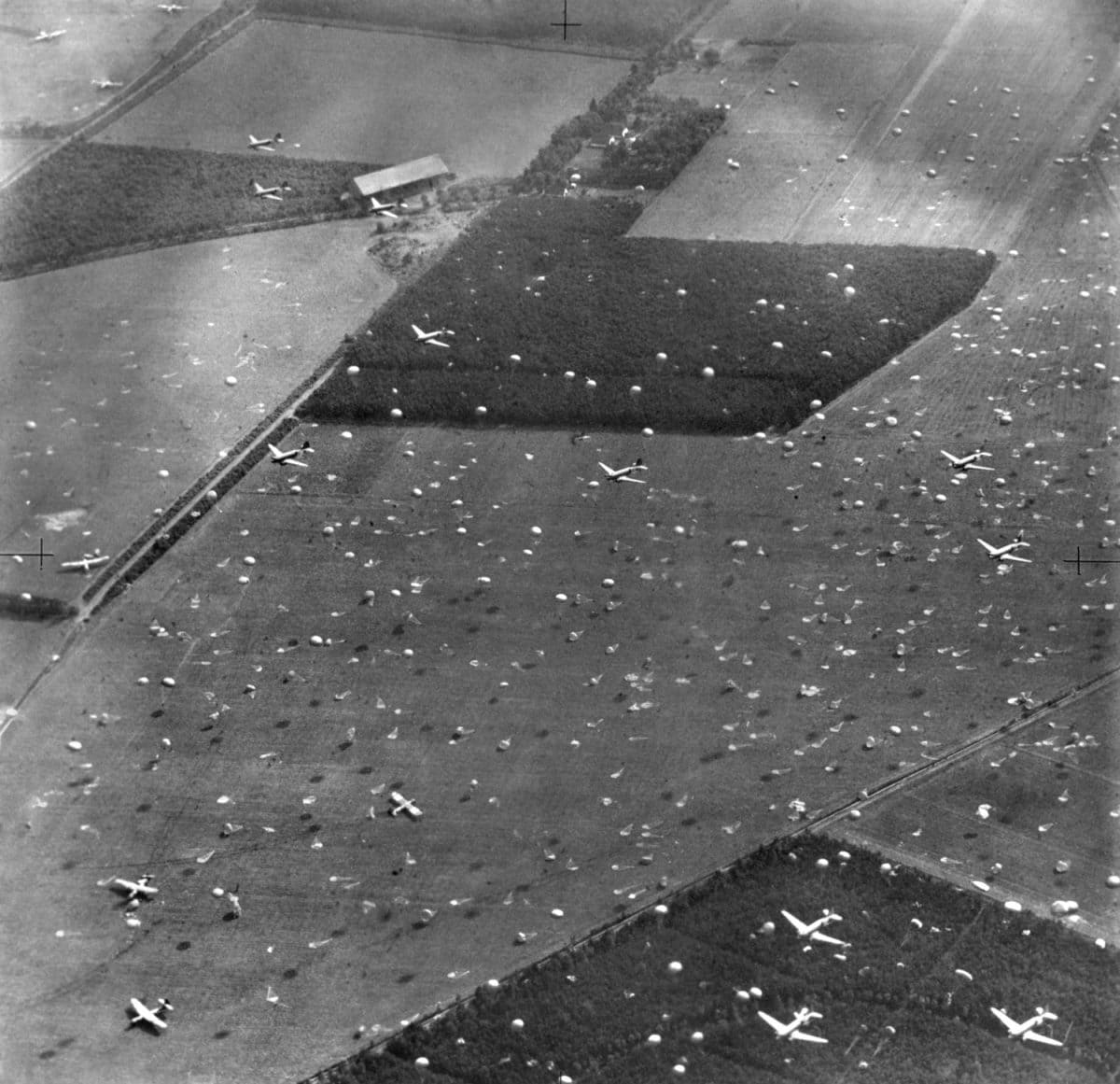
Initial paratrooper landings on September 17, 1944, were going well with American forces quickly securing their objectives. However, German forces had anticipated airborne assaults and regrouped quickly. Multiple Allied bridge objectives faced steep opposition forces and were not successful battles.
Ultimately, the Allies lost up to 15,000 paratroopers along with 80 tanks and 300 gliders. The Allies’ primary objective, to secure the bridge at Arnhem, was not achieved and the war was prolonged for another year.
The image featured at the top of this post is ©VanderWolf Images/Shutterstock.com.
